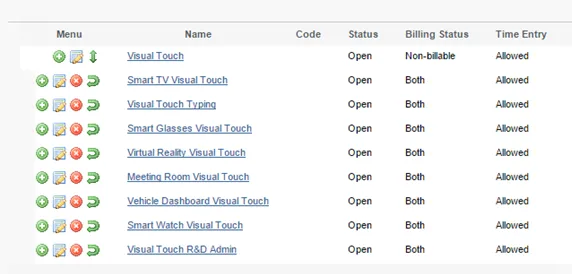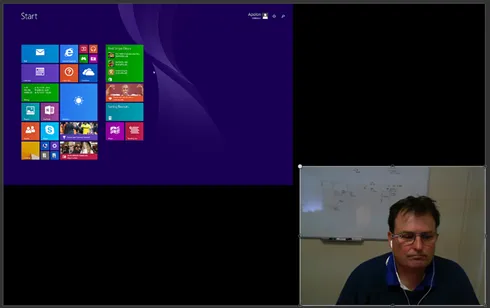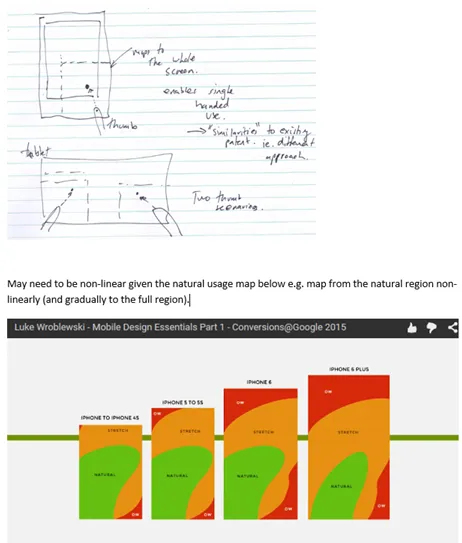March 2015 focused on integrating eye tracking technology with visual touch systems, exploring whether gaze data could enhance touch interaction accuracy and user experience.
USB 3.0 Infrastructure Upgrade
A Rocket USB 3.0 PCIe card was installed on the main development PC to support the growing collection of USB 3.0 vision devices. Most devices worked immediately with the new card, but the EyeTribe eye tracker refused to communicate. Multiple troubleshooting approaches were attempted: different USB ports, driver reinstallation, and firmware updates.
Forum interactions with EyeTribe revealed that downloading the latest firmware version proved problematic. Extended experimentation over several days involved working directly with the vendor to resolve USB 3.0 connectivity issues. These infrastructure challenges—getting multiple vision devices working simultaneously on the same system—consumed significant development time without advancing the actual interaction concepts.



Portable Monitor Configuration
Experimentation with portable monitors attached to laptops explored form factors for mobile visual touch demonstrations. A vertically placed additional screen beside a laptop was tested, though the visual quality comparison between HD and UHD displays was surprisingly jarring—the HD monitor looked noticeably inferior when directly adjacent to ultra-high-definition.
Research into available stands for this laptop-plus-vertical-monitor configuration found limited commercial options. This suggested potential for custom mechanical design if the form factor proved valuable for demonstrations or product configurations.
High-Speed 2D GUI Research
With eye tracking integration in mind, high-speed 2D GUI frameworks were reviewed again. Combining rapid eye gaze position with visual touch interaction required rendering pipelines capable of maintaining smooth frame rates while processing multiple input streams simultaneously. The technical requirements for responsive multimodal interaction placed demands on graphics architectures beyond what typical UI frameworks offered.
Eye Tracking Technology Survey
A comprehensive review of eye tracking options informed decisions about which hardware to pursue for integration experiments. The eye tracking market had matured significantly, with multiple vendors offering developer-friendly products at various price points and capability levels.
Understanding the accuracy limitations of pure gaze tracking motivated the investigation of combining it with visual touch—gaze could quickly identify regions of interest while touch provided precise interaction points. This combination might overcome the fundamental accuracy limitations each technology faced independently.
The month highlighted the infrastructural challenges of multimodal input research: getting diverse hardware devices working together, managing USB bandwidth and compatibility, and troubleshooting vendor-specific quirks all required persistence before meaningful interaction experiments could begin. These unglamorous technical obstacles represented necessary groundwork for exploring innovative interaction concepts.